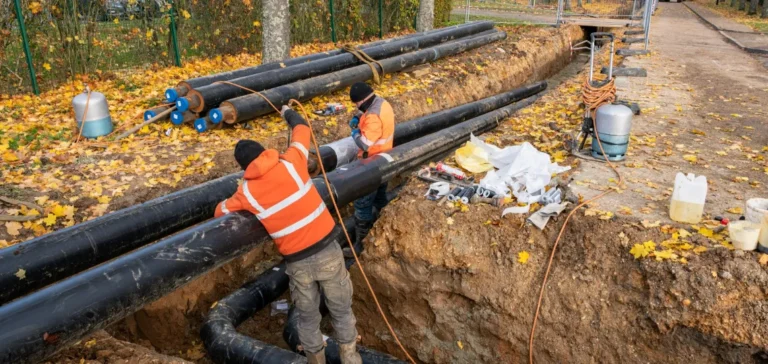Heat deliveries through district networks reached 32.3 terawatt-hours (TWh) in 2024, up 9.3% from the previous year. This figure, adjusted for climatic severity, marks a historic record for the sector and reflects the growing adoption of this energy solution, particularly in the aftermath of the energy crisis.
A growth trend driven by infrastructure expansion
The expansion of networks is attributed to both an increase in connected buildings and the development of infrastructure. In 2024, an additional 2,374 buildings were connected, bringing the total to nearly 52,450. The total network length grew by 430 kilometres.
This growth has been underpinned by reinforced public financial support. The Heat Fund, the sector’s main public support mechanism, saw its budget rise from EUR370mn ($392mn) in 2021 to EUR800mn ($848mn) in 2025. This funding helped secure the investments needed to densify and create new networks.
Renewable and recovered energy dominate the delivered mix
In 2024, 67% of the delivered heat came from renewable or recovered sources, compared to 31% in 2009. This shift is driven by waste heat recovery from incineration, industry, and by the increasing use of biomass and geothermal energy.
The carbon footprint of delivered heat has significantly declined. Between 2014 and 2024, carbon dioxide (CO₂) emissions measured in Life Cycle Analysis (LCA) dropped from 184 to 109 grams per kilowatt-hour, representing a 41% reduction.
Untapped industrial potential remains significant
The available waste heat potential in France is estimated at 90 TWh, with over 90% coming from industrial sites, according to the French Agency for Ecological Transition (ADEME). However, only a fraction of this resource is currently utilised.
In the effort to diversify sources, the sector sees industrial heat recovery and geothermal energy as underexploited levers to secure supply while reducing reliance on fossil fuels.
Cooling networks continue growing in dense urban areas
Cooling networks recorded a 12% increase in connected buildings in 2024, with 204 new connections. Five new networks were commissioned, bringing the total network length to 294 kilometres and delivering 0.9 TWh.
This growth meets rising demand for cooling in urban areas, as summer 2025 ranked among the hottest in a century. The National Climate Change Adaptation Plan (PNACC) aims to double the volume of cooling delivered by 2030.
Ambitious targets dependent on increased funding
The draft Multiannual Energy Programme (PPE) targets 52.7 TWh of heat delivered by networks by 2030, with 75% from renewable or recovered sources. That figure is projected to reach 90 TWh by 2035, with 80% renewable content.
To meet these targets, sector companies are calling for the Heat Fund to be raised beyond the EUR800mn ($848mn) currently planned in the 2026 Finance Bill. This reinforcement is seen as essential to maintain the expansion momentum of heating and cooling networks nationwide.






















